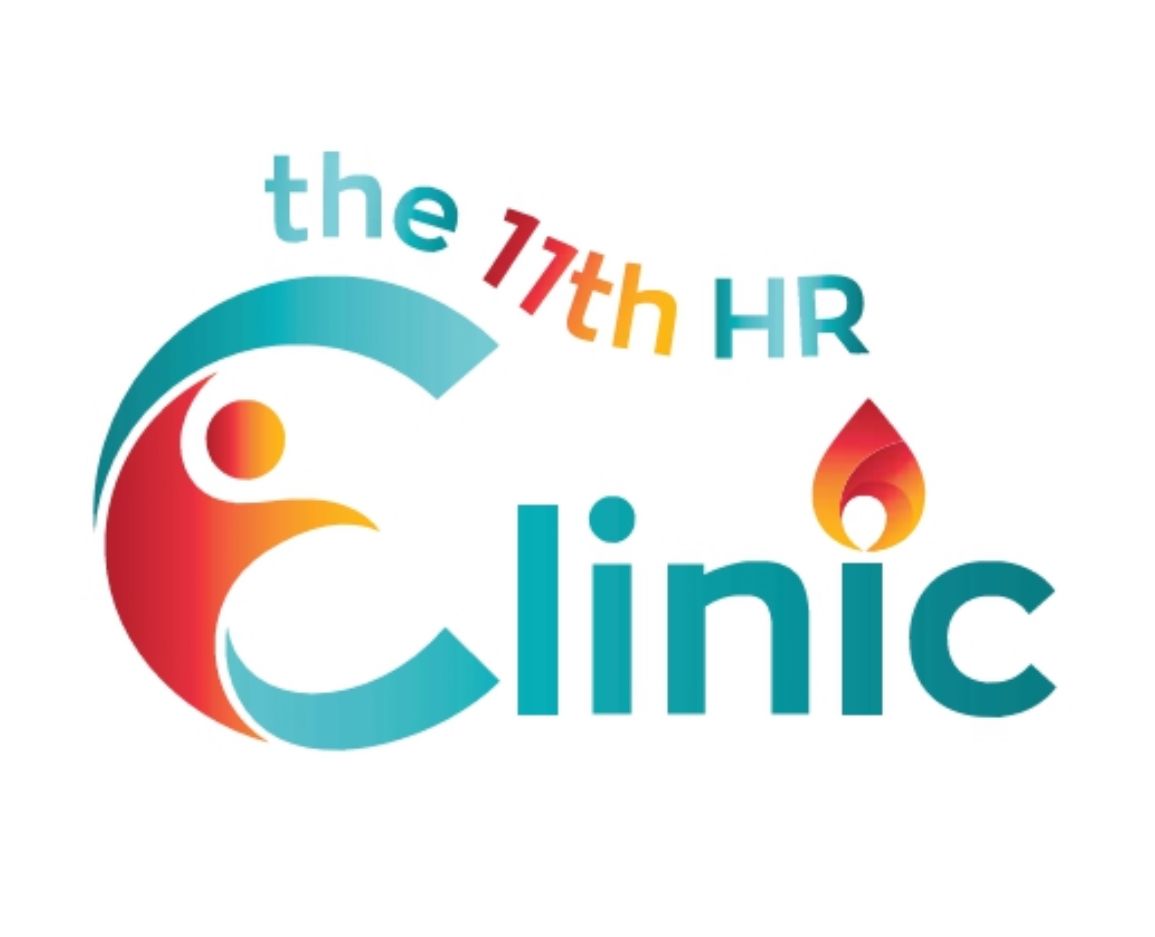Rebuilding After Abuse: Work, Money, and Freedom
Exploring the barriers women face when re-entering the workforce and recovering from financial and psychological abuse
At
the 11th HR clinic, we understand that the effects of domestic and family violence extend far beyond the home. For many women, rebuilding life after abuse involves not only emotional healing but also reclaiming independence through work and financial recovery. These challenges are particularly complex when coercive control, an insidious and often invisible form of abuse, has been present. In this article, we explore the barriers women face when re-entering the workforce after domestic violence, the toll of financial abuse, and how coercive control impacts psychological and economic well-being. Our goal is to inform, validate, and empower those navigating recovery and to offer a safe space for support.
The Hidden Link Between Abuse and Employment Disruption
Domestic violence (DV) is not only physically and emotionally damaging; it also significantly disrupts a person’s ability to engage in stable employment. Survivors may have had their work lives derailed by repeated interference from an abusive partner, such as being prevented from going to work, harassed during work hours, or forced to leave a job (Showalter, 2016). Even after the abuse ends, trauma symptoms like anxiety, low self-confidence, and concentration difficulties can make returning to the workforce daunting.
Women affected by DV often face compounding barriers such as:
- Gaps in work history
- Poor credit history due to coerced debt
- Lack of access to childcare
- Ongoing legal or custody challenges
- Limited social support
Workforce reentry programs tailored for DV survivors have been shown to help by combining job readiness training with trauma-informed psychological care and financial coaching (Postmus et al., 2012). However, such programs are not always widely accessible.
Financial Abuse and the Long Road to Recovery
Financial or economic abuse occurs in up to 99% of domestic violence relationships (Adams et al., 2008). This form of abuse can involve:
- Controlling access to bank accounts
- Restricting the ability to work or study
- Accumulating debt in the survivor’s name
- Withholding money for essentials like food or transport
Even once the abuse ends, the long-term consequences may persist. Women often leave violent relationships with no savings, damaged credit, and no financial autonomy (Stark & Hester, 2019). Financial insecurity becomes a major barrier to healing and independence.
In Australia, growing attention is being paid to the link between DV and economic disadvantage. Legal services, debt recovery support, and financial literacy programs tailored to survivors are crucial interventions, yet many women still struggle to access them due to stigma, fear of retaliation, or lack of awareness of their rights (Economic Abuse Reference Group, 2020).
Coercive Control: The Invisible Chains
Not all abuse leaves bruises. Coercive control, a pattern of intimidation, isolation, surveillance, and micro-regulation, can be more psychologically damaging than physical violence alone. Survivors often report that this form of abuse strips them of their identity, autonomy, and confidence over time (Williamson, 2010). Survivors may emerge from coercive control unsure of their skills, decisions, or capabilities, making job-seeking, interviews, and workplace re-engagement feel overwhelming. Long-term exposure to coercive control is linked to increased rates of anxiety, depression, PTSD, and reduced employment outcomes (Monckton-Smith, 2020).
Unfortunately, coercive control remains under-recognised in many legal systems. While jurisdictions like the UK have criminalised it, survivors in Australia may not always receive the legal recognition or protection they need unless physical violence can be proven.
Psychological Support and Coaching for Recovery
At
the 11th HR clinic, we recognise that returning to work after trauma is not just about updating a resume. It’s about rebuilding a sense of safety, confidence, and control. Our psychologists offer evidence-based therapeutic support for trauma, anxiety, and stress, while our coaching model helps women set goals, rebuild professional identity, and explore new opportunities with courage and clarity. Whether you’re facing barriers due to past abuse, struggling with coercive control, or navigating financial stress post-separation, help is available.
If you are a woman rebuilding your life after domestic violence, or if you’re supporting someone who is, the 11th HR clinic is here for you. Our trauma-informed clinicians understand the intersection of abuse, employment, and mental health. We work with you to recover psychologically, regain control financially, and re-establish your life on your own terms. Together, we can help you take back what was taken and move forward with strength. Check out our
locations page to book an appointment or
contact us to learn more.
References
Adams, A. E., Sullivan, C. M., Bybee, D., & Greeson, M. R. (2008). Development of the Scale of Economic Abuse.
Violence Against Women, 14(5), 563–588.
https://doi.org/10.1177/1077801208315529
Economic Abuse Reference Group. (2020). Supporting women’s financial recovery after domestic and family violence: Policy recommendations.
https://www.earg.org.au
Monckton-Smith, J. (2020).
In Control: Dangerous Relationships and How They End in Murder. Bloomsbury Publishing.
Postmus, J. L., Plummer, S.-B., McMahon, S., Murshid, N. S., & Kim, M. S. (2012). Understanding economic abuse in the lives of survivors.
Journal of Interpersonal Violence, 27(3), 411–430.
https://doi.org/10.1177/0886260511421669
Showalter, K. (2016). Women’s employment and domestic violence: A review of the literature.
Aggression and Violent Behavior, 31, 1–6.
https://doi.org/10.1016/j.avb.2016.06.017
Stark, E., & Hester, M. (2019). Coercive control: Update and review. Violence Against Women, 25(1), 81–104. https://doi.org/10.1177/1077801218816191
Williamson, E. (2010). Living in the world of the domestic violence perpetrator: Negotiating the unreality of coercive control.
Violence Against Women, 16(12), 1412–1423.
https://doi.org/10.1177/1077801210389162



